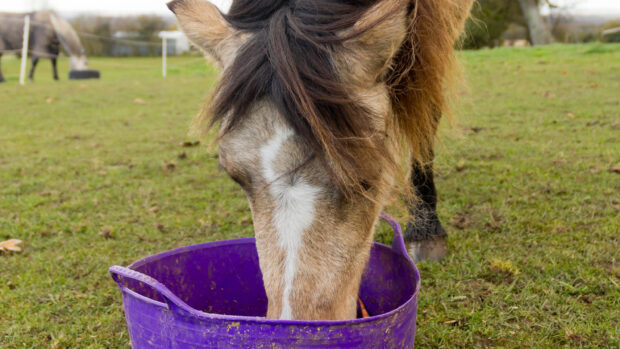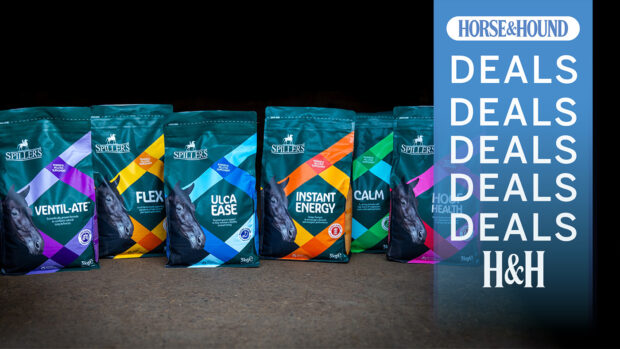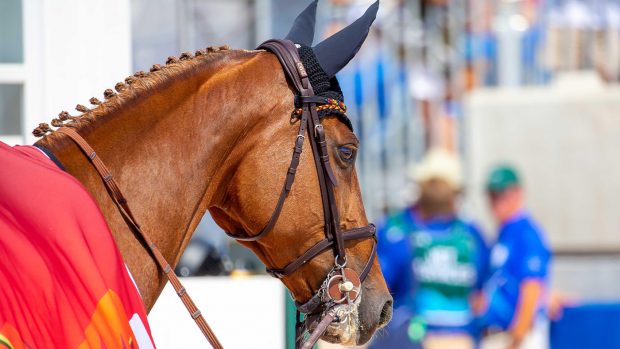It’s one of those strange ironies that, just as we control the amount of fat in our own diets in the run-up to summer when we can’t hide our bulges any more, we simultaneously look upon oil as a good thing in our horse’s diets.
Of course, the proportion of fat in our diet is higher than that in horses’ diets. In Britain – the country which invented the deep-fried Mars Bar – 60-70% of our diet is typically fat and, even in a more calorie-controlled regime, about one third of energy comes from fat.
A horse’s metabolism, however, is well-equipped to use fat or oil.
The end products of fibre digestion in the hindgut are volatile fatty acids (VFAs), which are a fat by any other name. So for most horses eating more than 50% of their diet as forage, fats as VFAs are the main source of energy.
As hunter-gatherers, humans have adapted to a high-fat diet, but a horse is a forage browser, so neat fat would naturally only account for about 2% of the total diet.
If we add oil to a horse’s diet, it is digested well in the small intestine and doesn’t make it to the hindgut. Researchers have pushed fat intakes to the limit to see how much a horse can tolerate, and have managed to feed horses one third of their daily energy as oil – equivalent to 1.5kg.
Oil’s popularity stems firstly from the fact that it is well known for putting a “nice shine” on a horse’s coat. Second, as a source of energy, it is an alternative to starch in the diet.
But oil is not a panacea to all starch-related feed problems. It is a concentrated source of energy, containing two to three times as much energy as cereals, which means that if the metaphorical tub of lard is fed, the horse will put on weight unless it is worked hard.
So for diets where a lower starch supply is required, a combination of high fibre and oil is the best fit.
Like the human diet, as we learn more about how the body uses fats, so we can fine-tune the science of fat supplementation.
Oils are involved in general metabolic activity and some are active in the immune and inflammatory responses.
Consequently, some fats are more equal than others, and that’s when you hear the trendy names such as omega –3 and-6 – aka linolenic and linioleic acids.
These are components of dietary fat that a horse cannot make and so needs to have in its diet.
Oil Sources



